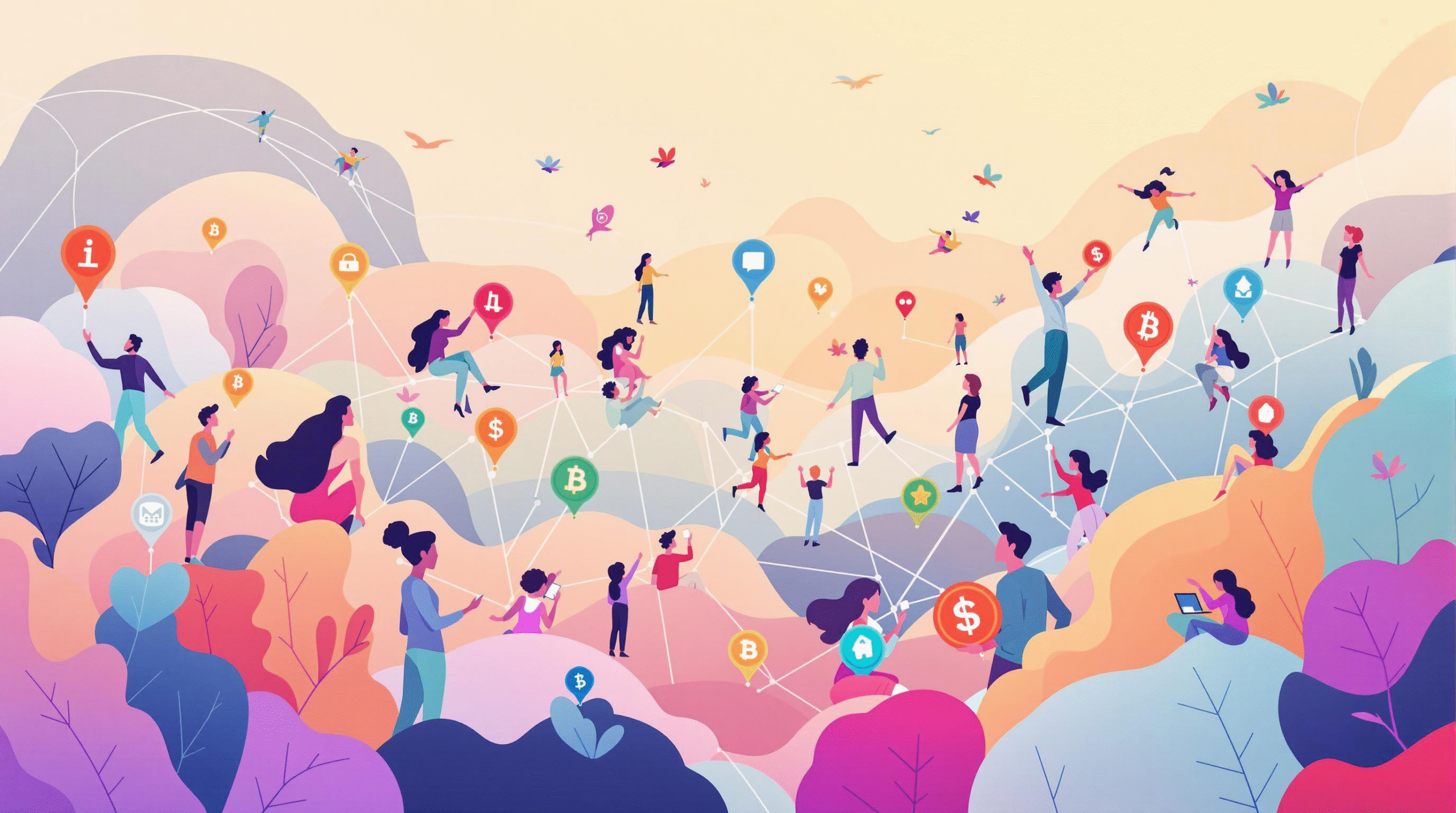
In today’s interconnected world, building a strong community—whether online or offline—is essential for fostering trust, collaboration, and long-term engagement. Communities bring people together around shared values, goals, or interests. Whether you’re a brand, nonprofit organization, or grassroots movement, effective community building strategies can help you create a loyal and engaged network of members who feel valued and heard.
What is Community Building?
Community building is the process of creating and nurturing a group of individuals who share common interests, goals, or values. It goes beyond simply gathering people; it’s about developing meaningful connections, encouraging participation, and fostering a sense of belonging.
A well-built community is more than just a following—it’s a support system that thrives on trust, collaboration, and mutual respect.
Why Community Building Matters
- Increases loyalty and trust – Members are more likely to stick with a brand or cause they feel part of.
- Boosts engagement – Active communities drive conversations, events, and initiatives.
- Encourages collaboration – Communities foster collective problem-solving and creativity.
- Drives growth and impact – A supportive network amplifies your message and attracts new members.
Effective Community Building Strategies
1. Define Your Purpose and Vision
A successful community begins with a clear purpose. Ask yourself:
- Why does this community exist?
- What value will it provide to members?
- How will it grow and evolve?
Having a strong vision ensures members understand the community’s mission and feel motivated to participate.
2. Know Your Audience
Understanding who you want to reach is essential. Conduct surveys, interviews, or research to identify:
- Members’ demographics
- Their interests and challenges
- The type of value they expect from the community
This knowledge allows you to create tailored content, discussions, and events.
3. Foster Genuine Connections
People join communities for connection, not just content. Encourage open dialogue, collaboration, and relationship-building through:
- Group discussions
- Interactive Q&A sessions
- Social events or networking meetups
The more genuine the connections, the stronger the sense of belonging.
4. Empower Members to Contribute
A thriving community is not a one-way street. Create opportunities for members to:
- Share their knowledge and experiences
- Take leadership roles in projects
- Mentor new members
When people feel ownership, they become loyal advocates.
5. Leverage Technology and Platforms
Choose the right platform that fits your community’s needs. Options include:
- Social media groups (Facebook, LinkedIn, WhatsApp)
- Online forums or platforms (Discord, Slack, Circle)
- In-person meetups supported by digital tools
Ensure your chosen platform allows for easy communication, collaboration, and content sharing.
6. Consistent and Valuable Communication
Regular communication keeps your community engaged. Examples include:
- Weekly newsletters with updates
- Exclusive content such as guides or workshops
- Recognizing and celebrating member achievements
Consistency builds trust and positions the community as a reliable resource.
7. Organize Events and Activities
Events create opportunities for bonding and collaboration. Consider:
- Virtual webinars and workshops
- In-person meetups or conferences
- Volunteer or community service projects
Activities not only strengthen ties but also add value beyond online discussions.
8. Celebrate Diversity and Inclusivity
Communities thrive when everyone feels respected and included. Set ground rules that promote:
- Respectful dialogue
- Equal opportunities for participation
- Celebration of different backgrounds and perspectives
9. Measure and Adapt
Use analytics, surveys, and feedback to understand what’s working. Metrics to track include:
- Member engagement levels
- Event participation
- Retention and growth rates
Regularly adjust strategies to meet evolving member needs.
Examples of Successful Community Building
- Nonprofits create volunteer groups to drive campaigns.
- Brands develop loyalty programs and online forums for customers.
- Local groups use community centers and events to foster real-world bonds.
These examples show that regardless of size or scope, effective strategies can strengthen connections and create impact.
Conclusion
Effective community building is about more than gathering people—it’s about creating a culture of trust, engagement, and shared purpose. By defining your vision, empowering members, leveraging technology, and fostering inclusivity, you can build a thriving community that grows stronger over time.
Strong communities don’t just form overnight—they’re built through consistent effort, authentic connections, and a commitment to shared success.
Disclaimer
This article is for informational and educational purposes only. It is not intended as professional advice. Strategies may vary depending on your specific context, goals, and resources. Always consider your audience and consult with community-building experts when designing or implementing tailored approaches.
